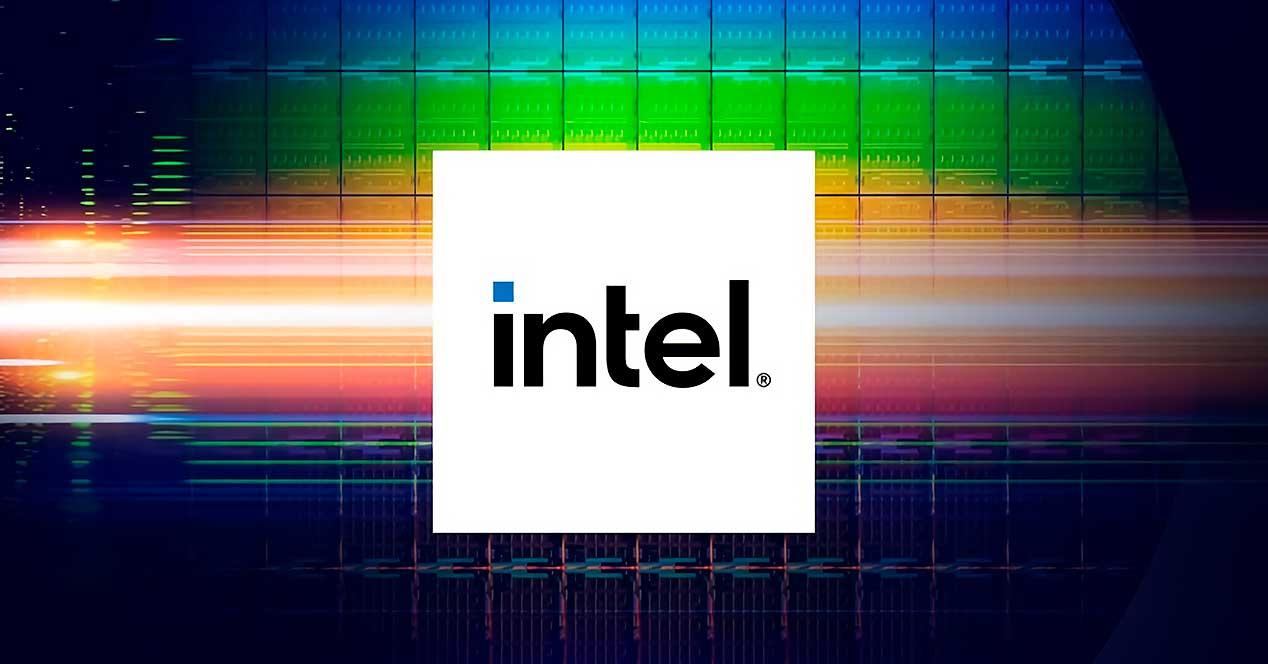Even if it doesn’t sound like it, investors, or at least their advisers, know what they’re doing when they decide to invest in one of the three companies mentioned. The problem is, it’s still debated which node is better and which is worse. We’re not going to get into this topic now, as we discussed it at length at the time, but we’re going to get into the fact that Intel is going to take the lead in this regard from a naming and marketing standpoint.
Intel and its nanometers: you have to sell the idea and the product
In marketing, they are very clear: the previous nomenclature was simple and understandable, but it did not reflect leadership and was not representative of the progress being made, as well as the fact that it seems to be continually behind the competition.
The problem is that the names of the nodes in no way reflect the measurement of the transistor (something extremely debated) and this is due to the disparity in the meaning that each mark gives to its own. For example, if we talk about the new 10nm from Intel, the reality is that they have nothing to do with the 10nm from TSMC, but are even ahead of the 7nm of the Taiwanese in many areas. and something more in density. .
How to sell to the less educated public that 10 is better than 7 in nanometers? Difficult task. The solution was to change the nomenclature to try that the characteristics of the node are better represented by the technologies it obtains and vice versa.
The 10 nm will be the last with the old nomenclature
As usually happens in this type of decision, it should be borne in mind that the breaking point must be marked to start with the new strategy. This point has already taken place, since the last node with the old nomenclature will be precisely at 10 nm. The rest of the future nodes are logically also given names: Intel 7, Intel 4, Intel 3 and Intel 20A.
While the slide is self-explanatory, we’re going to clarify what was before and what is now. Intel 7 would be the 10 nm SuperFine
There are no certainties as such in many cases, because by removing Intel 4 there are no exact references. Intel 20A for its part refers to the so-called “Angström eraSemiconductor, which we have already discussed in depth and which essentially wants to mark a change with the so-called GAA transistors, known by Intel as RibbonFET. Yes, even the manufacturers do not agree on these technologies.
And what happens from there? The nomenclatures are going down, where the next would be Intel 18A and for now the commercialization of the company is ending. As we see and safeguard the equivalences, it’s a good job that will bring and understand this whole world of transistors to more people, professionals and users, at least as soon as we learn about it.










